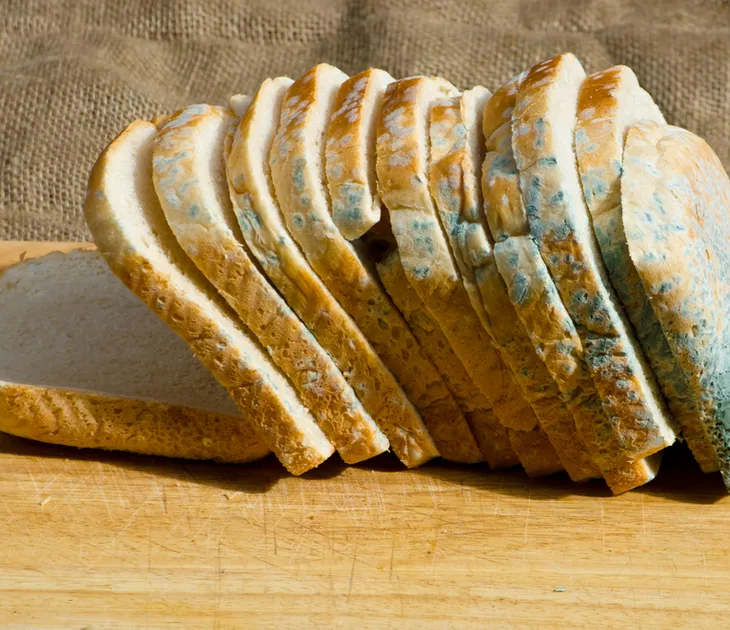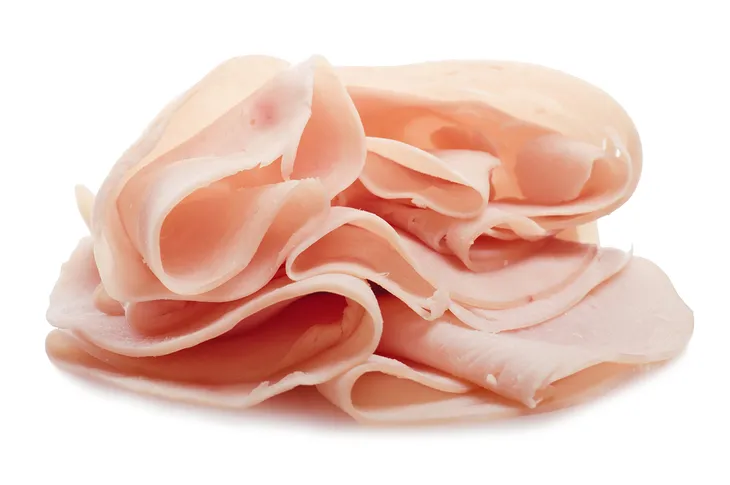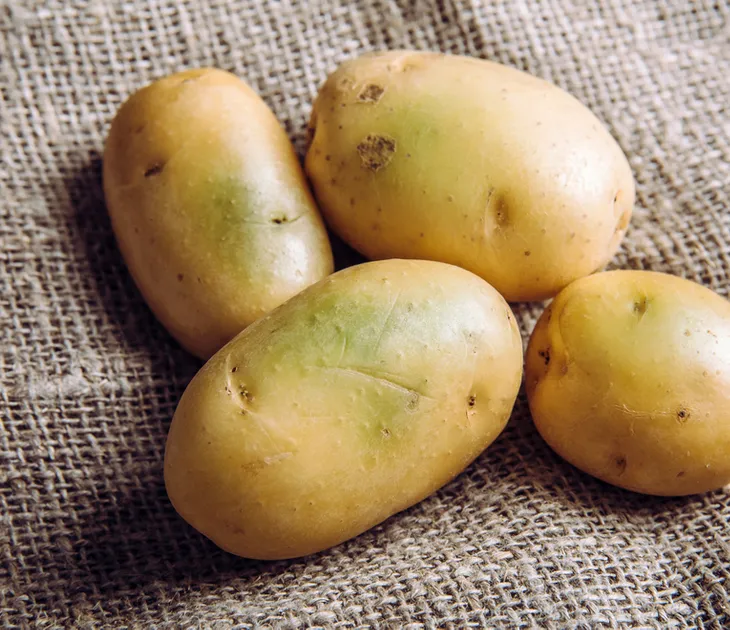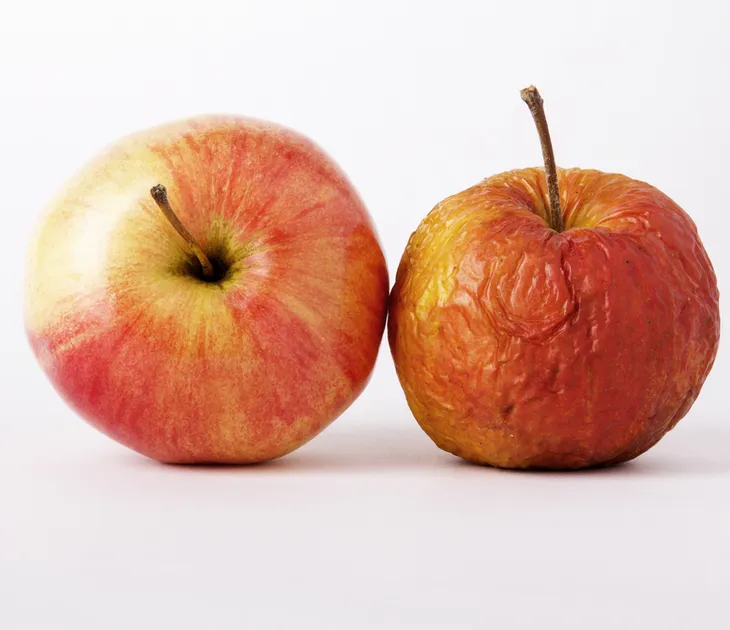How many times have you opened the fridge or pantry and wondered if your food is past its prime? It’s easy to lose track of when you bought your food and while you can use the best-before date as a starting guide, it’s not always a true indicator of whether your food is safe to eat or not.
To avoid getting sick, it’s always better to err on the side of caution. But before you dig into or throw out that questionable food item, here’s a look at what the expiration dates actually mean plus 10 tips to help you identify when food is expired.
What Do Expiration Dates Actually Mean?
According to the U.S. Department of Agriculture (USDA), except for infant formula, there are currently no federal guidelines regarding date labeling. Manufacturers typically use terms such as “best if used by,” “sell by,” and “use by” to estimate how long their products will maintain optimal freshness. Supermarkets may also rely on these dates when stocking their shelves. However, it’s important to note that these labels are not indicative of food safety. Here’s a look at what some of these terms really mean:
- Best If Used By/Before: This date indicates the point when a product is at its best quality or flavor. After this date, the product may not taste as fresh or may lose its texture.
- Sell By: This date is set by manufacturers to inform retailers when to remove a product from shelves. The aim is to ensure that consumers have access to products at their best quality.
- Use By: This is the last date that guarantees the best quality of a product. Like the “best if used by” date, this label is not a safety date except when used on infant formula.
Look for Signs of Mold on Bread
The most obvious sign that bread has expired is visible signs of mold. It’s not safe to eat moldy bread because the mold can produce mycotoxins, which are harmful compounds that can cause illness in humans. Ingesting mycotoxins can result in symptoms such as nausea, vomiting, and diarrhea, and in some cases, long-term effects on health. Therefore, it is best to discard any bread that has visible mold on it. To prevent mold growth, store bread in a cool, dry place, and consume it before its expiration date.
You can also examine the bread for other cues that may indicate it has gone bad. Check for a sour or musty smell, which can also indicate spoilage. Finally, feel the bread to see if it is unusually hard or soft. Stale bread may be hard and difficult to slice, while bread that has gone bad may be overly soft or mushy. If you have any doubts about the freshness of the bread, it’s best to err on the side of caution and toss it.
Look for a Slimy Film on Lunch Meat
Did you know that lunch meat only lasts 3- to 5-days in the fridge once opened? It’s important to keep track of how long a package has been opened and you should look for signs of spoilage whether the package is open or not.
First, you should perform a sniff test. If the cold cuts have a stale or sour odor, this is a key sign it’s time to throw them out. However, some lunch meats last longer and don’t always produce a smell right away. So you should also look the meat over and look for signs of moisture or a slimy texture on the surface. If your lunch meat is showing any of these signs, it’s time to toss it.
Signs That Raw Potatoes Have Expired
There are a few key signs that indicate raw potatoes have gone bad. Firstly, look for major blemishes, bruises, and black spots, which may indicate the potato has gone bad. You should also give the potatoes a sniff. While a normal earthy or nutty odor is expected, a musty or moldy smell indicates spoilage. Always discard potatoes with a foul odor.
Sprouted potatoes are also safe to eat as long as you remove the sprouts, which can be easily done by snapping them off with your finger. Never eat the sprouts because they contain solanine, chaconine, and other toxic glycoalkaloids that can cause serious neurological and digestive symptoms such as headaches, vomiting, and diarrhea. These toxins can also be present in any part of the potato that has a greenish hue. Therefore, it’s important to remove any green areas on the skin too.
How to Tell Eggs Have Gone Bad
There are a few ways to tell if eggs have gone bad besides the expiration date, including the following:
- The float test: Place the egg in a bowl of water. If it sinks to the bottom and lays flat on its side, it is fresh. If it stands upright on the bottom or floats to the top, it is no longer fresh.
- The smell test: Crack the egg open and take a sniff. Fresh eggs should have no smell or a very faint odor. If the egg smells bad, like sulfur or rotten eggs, it is spoiled and should be thrown away.
- The appearance of the egg: Fresh eggs will have a thick, opaque egg white and a rounded, plump yolk. If the egg white is thin and watery or the yolk is flat and not rounded, the egg is no longer fresh.
It’s important to note that even if an egg passes these tests, it’s still possible for it to be contaminated with harmful bacteria such as Salmonella. It’s always best to use caution and proper food handling practices when preparing eggs.
Expired Cheese May Have an Ammonia Smell
Certain cheeses, such as bleu cheese and brie, contain edible mold, whereas cheddar, Parmesan, and Swiss tend to resist it. However, even these robust types can become vulnerable to mold if they’re left sitting in the back of your fridge for too long.
Having a bit of mold on your cheese doesn’t necessarily mean that you need to discard it. According to the Mayo Clinic, semi-soft and hard cheeses like Parmesan or cheddar are generally immune to mold penetration, so only the affected area of the cheese will contain mold spores. Typically, you can safely remove at least one inch surrounding the moldy portion and consume the rest. However, if you’re unsure, it’s best to err on the side of caution and discard the cheese.
In softer types of cheese, such as shredded cheese, cream cheese, and cottage cheese, the moisture content can facilitate the rapid spread of mold spores, making them unsalvageable. Typically, you can tell if these products have expired by their appearance and odor. If they smell sour, rancid, or like ammonia, have separated, or have any mold growth, it’s best to discard them.
Spoiled Milk Has a Distinct Odor
Dairy milk is one of the easier expired foods to identify. Typically, spoiled milk gives off a very distinct sour odor. This is caused by the bacteria that produce lactic acid. You can also tell your milk has gone bad by its appearance. Healthline says spoiled milk typically has a slightly yellow color or lumpy texture.
The source says taking a sip or two of spoiled milk is unlikely to cause serious side effects but consuming a moderate or large amount may cause food poisoning. This may result in symptoms like stomach pain, diarrhea, nausea, and vomiting. Be sure to always give your milk a sniff and check it over before drinking.
How to Tell Almond Milk Has Gone Bad
Many people are turning to dairy alternatives due to lactose intolerances or personal preferences but just like dairy milk, almond milk can spoil too. Whether the almond milk is made fresh or commercially made, you can tell it has gone bad by the odor, texture, and flavor. Firstly, if the milk tastes sour or has a weird odor, it’s gone bad and it’s time to toss it.
Secondly, you should also check out the texture. Like dairy milk, almond milk can develop a thicker texture when it starts to spoil. However, it’s normal for homemade almond milk to separate so you should give it a shake, and if it’s still lumpy then you should discard it. And always keep in mind, despite the best-before date, an opened carton of almond milk should be consumed within 7-days.
Signs That Oil and Nut Butter Has Gone Bad
While you can typically eat oil and nut butter safely past their expiration date, there are a few key signs that indicate it’s gone bad. For starters, fresh peanut butter is typically soft and creamy, but bad peanut butter may have a dry and hard texture. Natural peanut butter, on the other hand, doesn’t use stabilizer ingredients so it’s normal for the oil to separate.
When you can’t tell whether oil and nut butter has gone bad by observing the texture, perform a sniff or taste test. Charles Mueller, Ph.D., R.D.N., clinical associate professor of nutrition at NYU tells Self that if you notice a sour taste or smell in oils or nut butter, this means the oil has oxidized and it’s time to discard it.
How to Tell When Seafood Is Expired
Fresh seafood should be used within 1-day of purchasing. If you don’t think you’ll be using it right away, it’s best to tightly seal it and place it in the freezer until you’re ready to eat. If you’re not sure if your seafood has gone bad, there are a few key things to look for, such as the following:
- Smell: One of the easiest ways to tell if seafood has gone bad is by its smell. Spoiled seafood has a noticeably pungent, fishy odor.
- Appearance: Fresh seafood should have bright, clear eyes and shiny skin or scales. If the eyes are cloudy, the skin or scales are dull, or the flesh is discolored, it may have gone bad.
- Texture: Fresh seafood should have a firm texture and should not feel slimy or mushy. If it feels soft or slimy to the touch, it may have started to spoil.
- Taste: Spoiled seafood will have an off-flavor that is quite noticeable. If it tastes different than expected or has a sour taste, it may be unsafe to eat.
It’s important to note that seafood can spoil quickly, even if it has been properly refrigerated. If you detect any of these signs of spoilage, it’s best to err on the side of caution and discard the seafood.
How to Tell Fruit and Vegetables Have Gone Bad
While visible mold may be the most obvious sign that your fruit has gone bad, the USDA states that some fruits and vegetables can still be consumed. Denser and firmer produce such as bell peppers and carrots can be eaten as long as you remove at least one inch of the area around and underneath the mold spot since mold won’t penetrate these types of fruits and vegetables. On the other hand, softer produce like peaches and cucumbers should be discarded since mold can easily penetrate them.
Other signs that your fruit or vegetables have gone bad include a mushy or slimy texture, especially on softer fruits like berries and peaches. Dark spots can also be a sign that they have started to rot. Additionally, if the skin of the fruit appears wrinkled or shriveled, it may be past its prime.
Different types of fruit and vegetables have different shelf lives and may spoil more quickly than others. Storing perishables properly, such as in a cool, dry place or in the refrigerator, can help extend their shelf life. If you detect any of these signs of spoilage, it’s best to discard the fruit or vegetable to avoid any potential health risks.
Tips to Reduce Food Waste
According to the USDA, about 30- to 40-percent of the food supply goes to waste, which corresponds to about 133 billion pounds of food. While you can’t prevent food waste at the processing or transporting level, there are steps you can take to reduce food waste in your home. The Mayo Clinic suggests these simple tips to help you reduce food waste at home:
- Take inventory of what you actually need before shopping.
- Plan meals to prevent overbuying and try to plan meals that use similar ingredients.
- Freeze leftovers and label them if not eating within 3-days.
- Store food appropriately. Several techniques can be used to extend the shelf life of veggies, such as wrapping broccoli in a damp paper towel, keeping celery in tin foil instead of plastic, and storing asparagus in a glass with a half-inch of water.
- Compost food scraps and food that has passed its prime.
- Use leftovers creatively for soups, stocks, and more.
- Organize your fridge by arranging it to keep the most perishable items up front and at eye level. Additionally, store certain foods in their ideal locations in the fridge.















